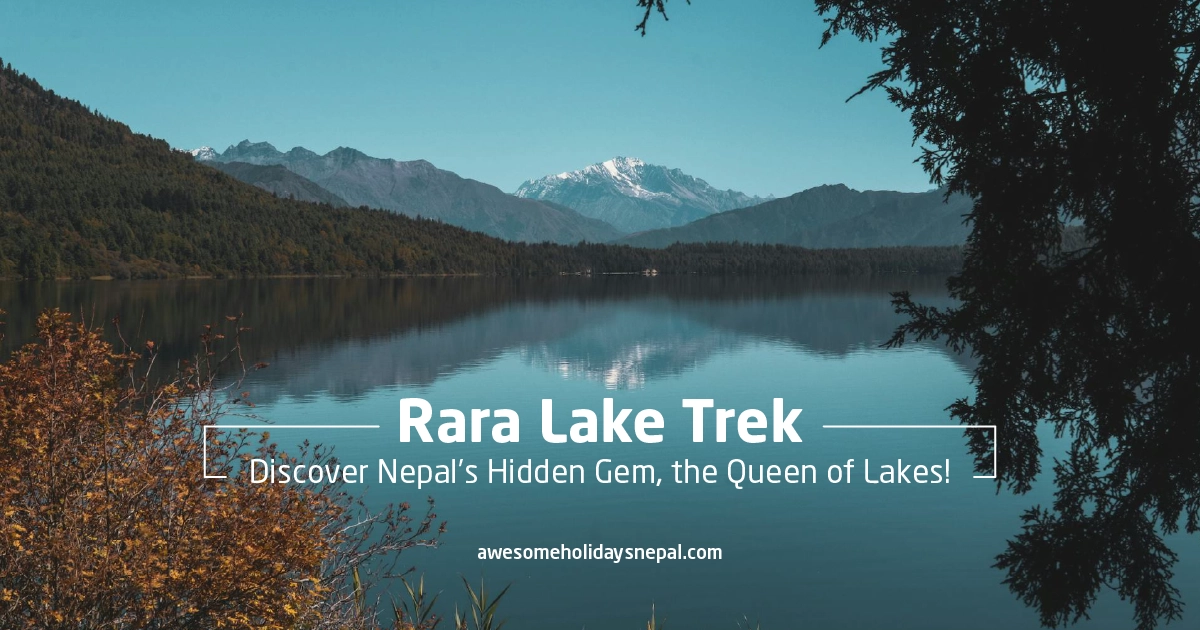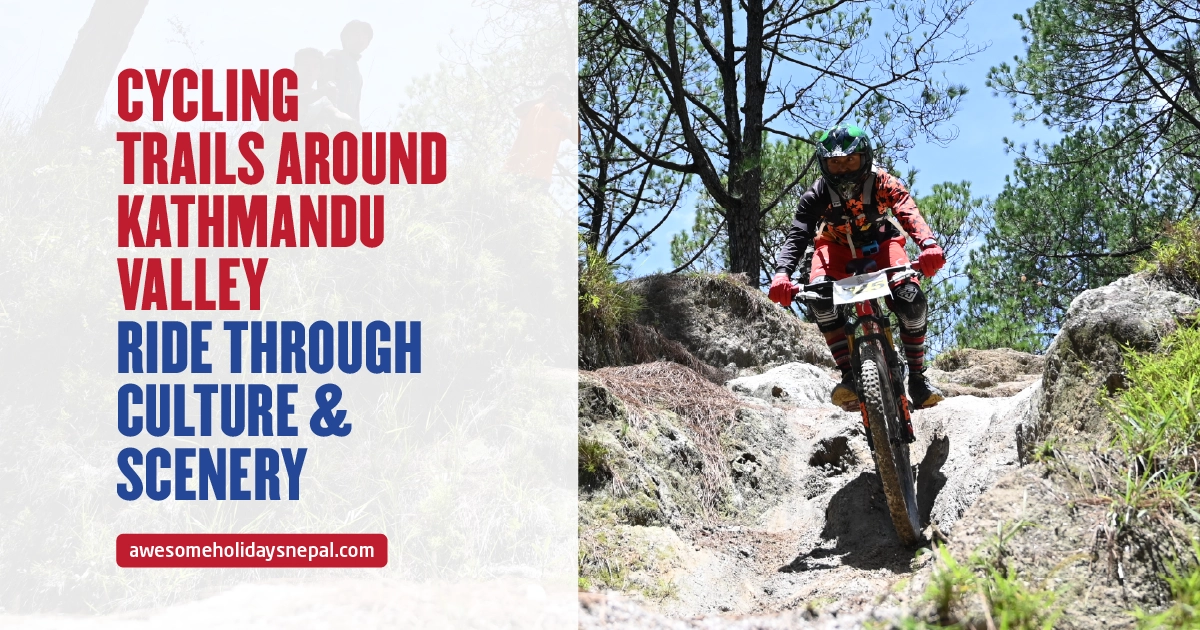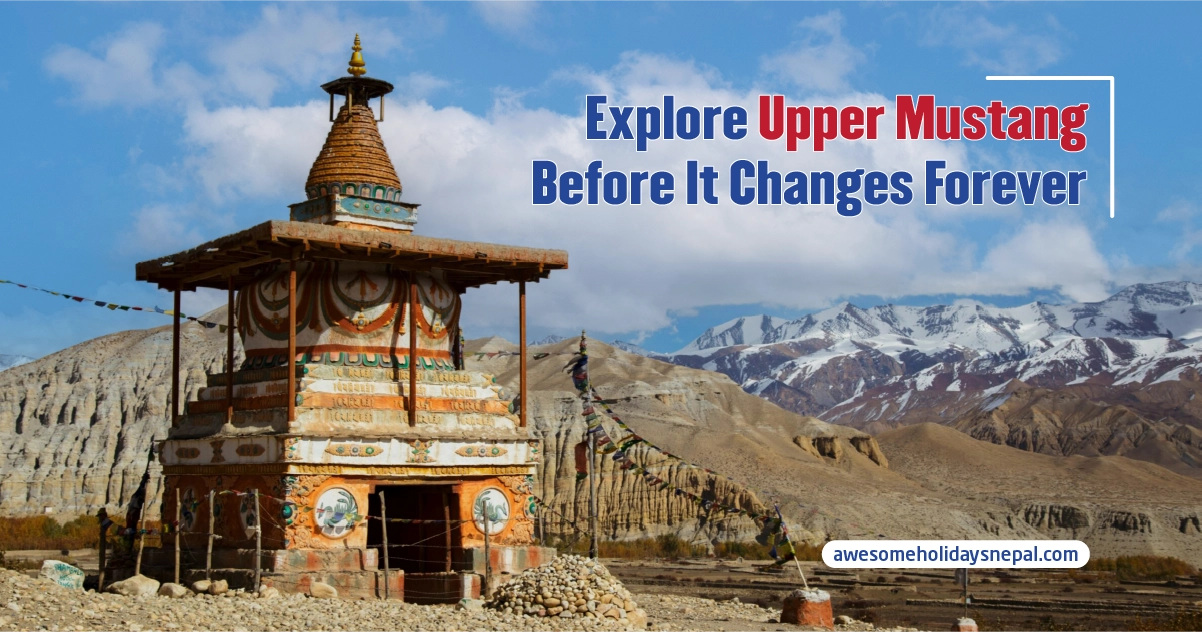The Great Himalayan Trail: The Ultimate Trekking Experience in Nepal
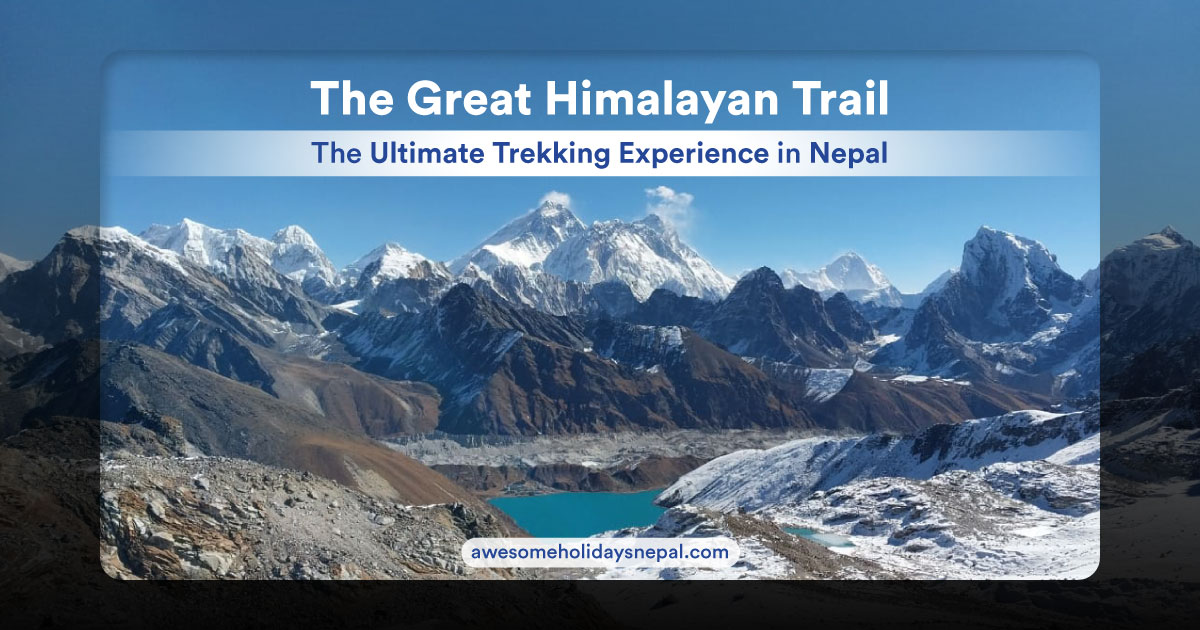
The Great Himalayan Trail (GHT) is one of the longest and most adventurous trekking routes in the world. It stretches from east to west and covers the entire length of Nepal. Covering a distance of approximately 1,700 km, it connects Nepal’s eastern and western borders, offering an unparalleled journey through the majestic Himalayas.
Unlike conventional trekking routes, which focus on a single region, the GHT offers trekkers the opportunity to experience all of Nepal’s diverse landscapes, cultures, and ecosystems, from lush forests and terraced fields to high-altitude deserts and icy glaciers.
Let’s discover how to get the ultimate trekking experience through the Great Himalayan Trail!
The Two Routes of GHT: High Route and Low Route
The Great Himalayan Trail is divided into two main routes:
1. The High Route
The High Route is designed for experienced trekkers who wish to explore Nepal’s most remote and rugged landscapes. It traverses high passes above 5,000 m, including the Lumba Sumba Pass, Amphu Lapcha Pass, and Sherpani Col. This route covers famous trekking regions such as the Everest, Annapurna, Manaslu, and Kanchenjunga regions. It takes approximately 150 to 170 days to complete the entire High Route.
2. The Low Route
The Low Route is a moderate alternative to the High Route with a lesser distance to cover. This route passes at lower elevations and passes through Nepal’s hilly and mid-hill villages. The low route stretches about 1500 km, and the whole route is completed in around 100 days. The highest point on this trail is the Jang La Pass at 4,519 meters between Dhorpatan and Dolpa in Western Nepal.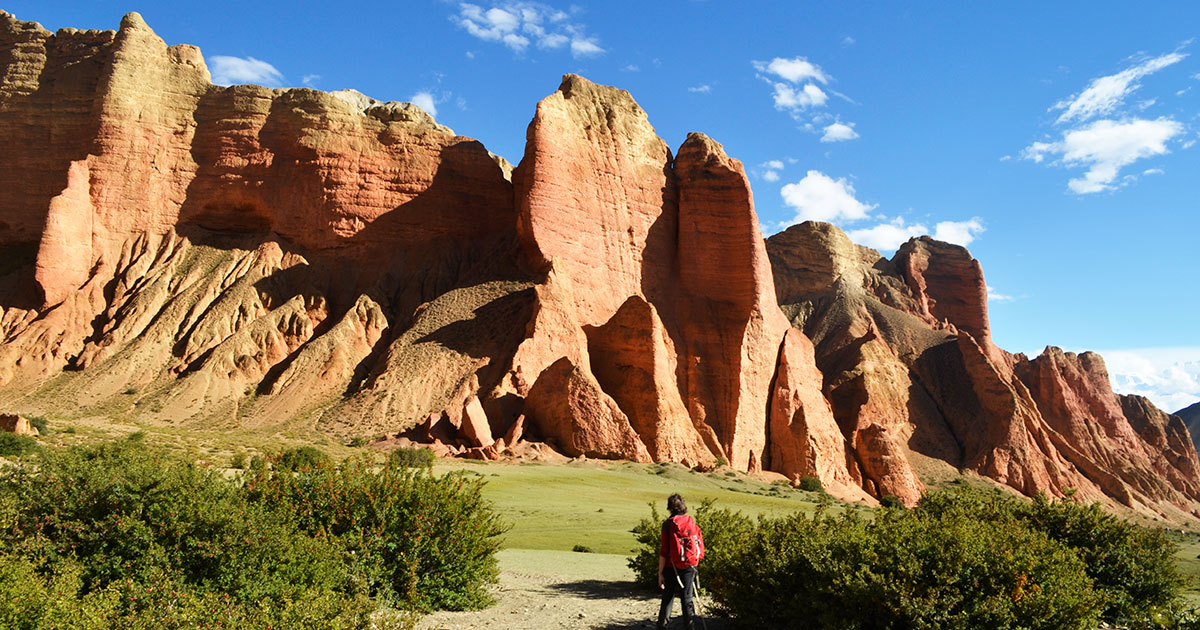
One can enjoy the warm hospitality of people in the Magar, Gurung, Rai, and Tamang villages within the route. The route is culturally rich, providing trekkers with insights into the lifestyles of ethnic communities. It follows paths through forests, rivers, and terraced farmlands, making it a less strenuous yet equally rewarding journey.
Major Highlights of The Great Himalayan Trail
The trail takes you through Nepal’s biodiversity hotspots, including Sagarmatha National Park (Everest region), Annapurna Conservation Area, and Shey Phoksundo National Park. One can encounter rare wildlife, including the elusive snow leopard, red panda, and Himalayan tahr. The High Passes provide breathtaking views of panoramic landscapes, making it a dream route for photographers and adventurers.
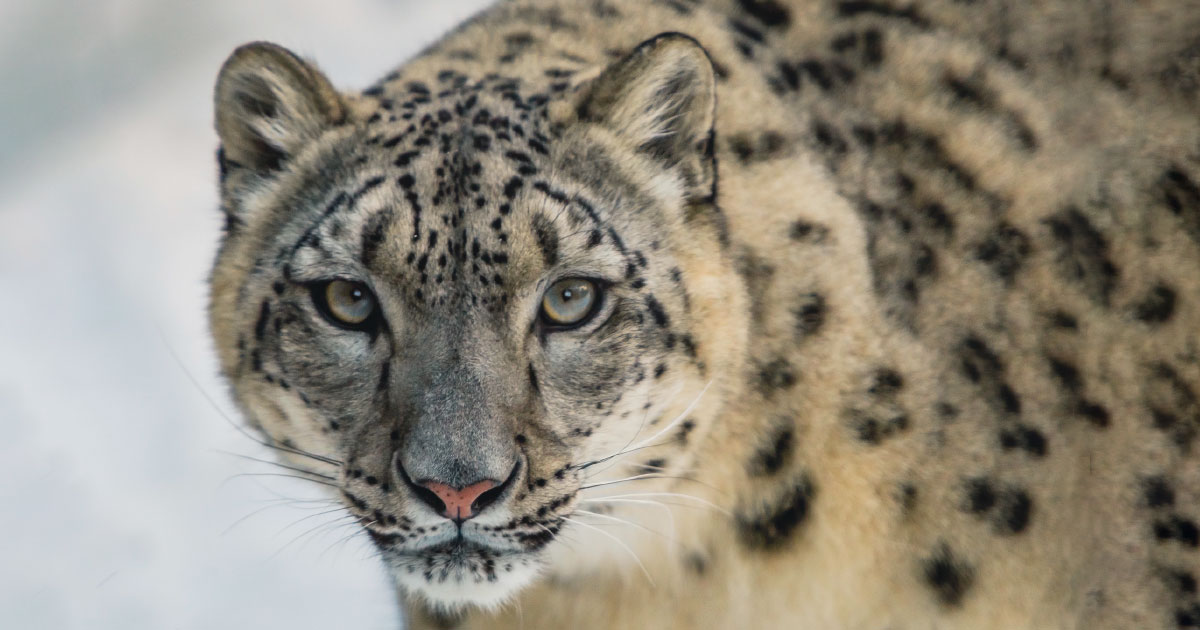
The trek also takes you through some remote villages where one can experience cultural encounters. The places are still intact, with a mix of Hindu and Buddhist traditions and Tibetan-influenced cultures in the Upper Mustang and Dolpo regions. If everything goes as planned, you can participate in local festivals in Nepal, including Mani Rimdu in Everest, Tiji Festival in Mustang, and Lhosar in various Himalayan regions.
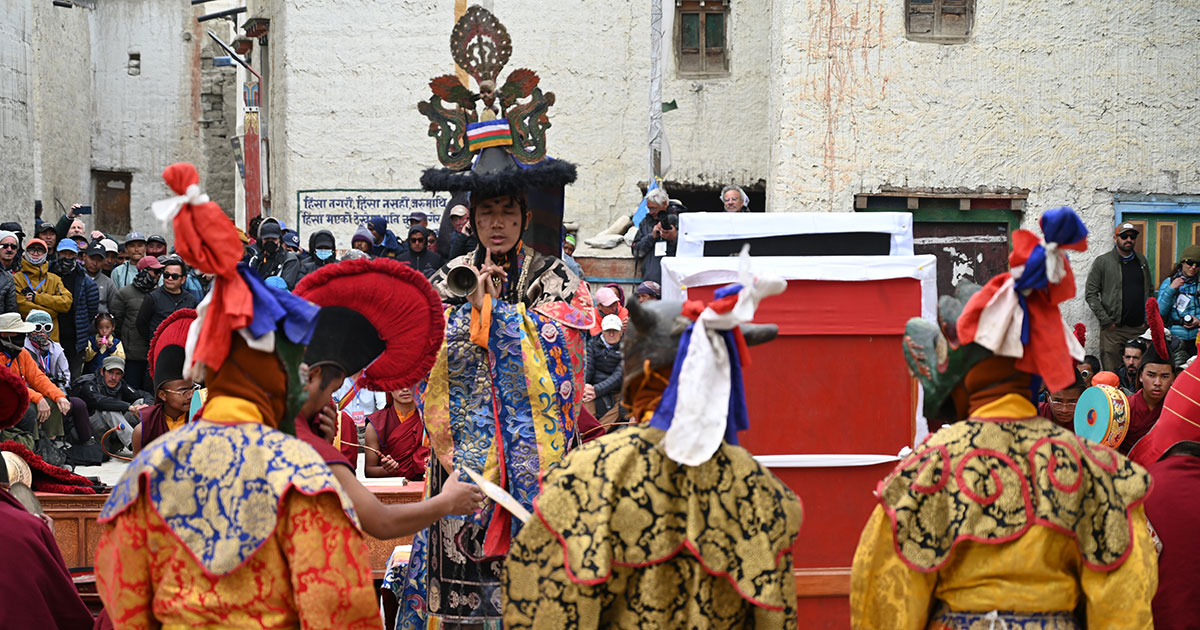
Subsections of the Great Himalayan Trail
The entire trail can be divided into various sections. People often do a small portion of the trek in one season and continue the trail in another season. The various sections are as follows:
- Kanchangunja Region
- Makalu barun valley section
- The Rowaling region
- Solukhumbu-Everest region
- Langtang, Helambu, and ruby valley region
- Manaslu and Ganesh Himal region
- Annapurna, Mustang, and Nar-Phu valley
- Mugu and Rara Section
- Jumla and Humla
- Dolpo region
- Far west region
What is the most challenging aspect of the Great Himalayan Trail?
The Great Himalayan Trail consists of high passes and remote trails like Lumba Sumba Pass, Amphu Lapcha Pass, Ganja La Pass (5,106 m), Tilman Pass (5,300 m), and Sherpani Col. The Sherpini col is the highest at an altitude of 6193 m from sea level.
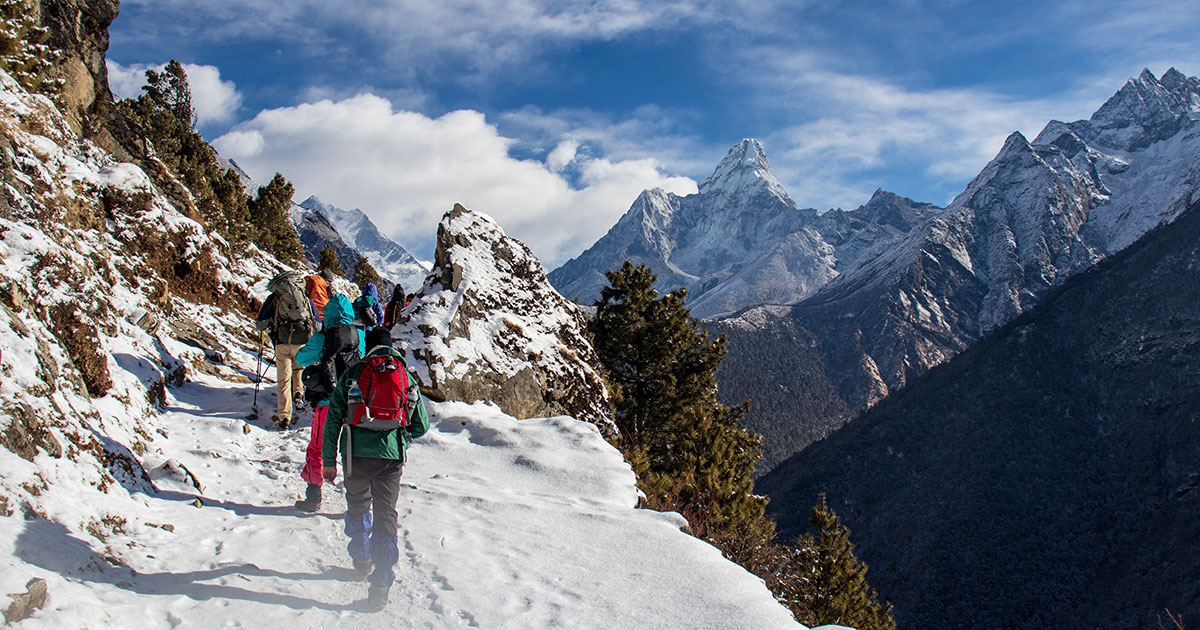
West Col, Sherpini Col, Amphulabtsa, and Tashi Lapcha are the most difficult and dangerous areas, as per some professional guides. These areas are full of glaciers, crevasses, and continuous rockfalls.
What is the Best Time to Trek the Great Himalayan Trail?
Except for the rainy season, the ideal seasons to embark on this epic journey are:
- Spring (March-May): clear skies, blooming rhododendrons, and moderate temperatures.
- Autumn (September-November): stable weather, vibrant landscapes, and perfect trekking conditions.
- Winter and Monsoon (December-February & June-August): Less favorable due to extreme cold and heavy rainfall in lower regions.
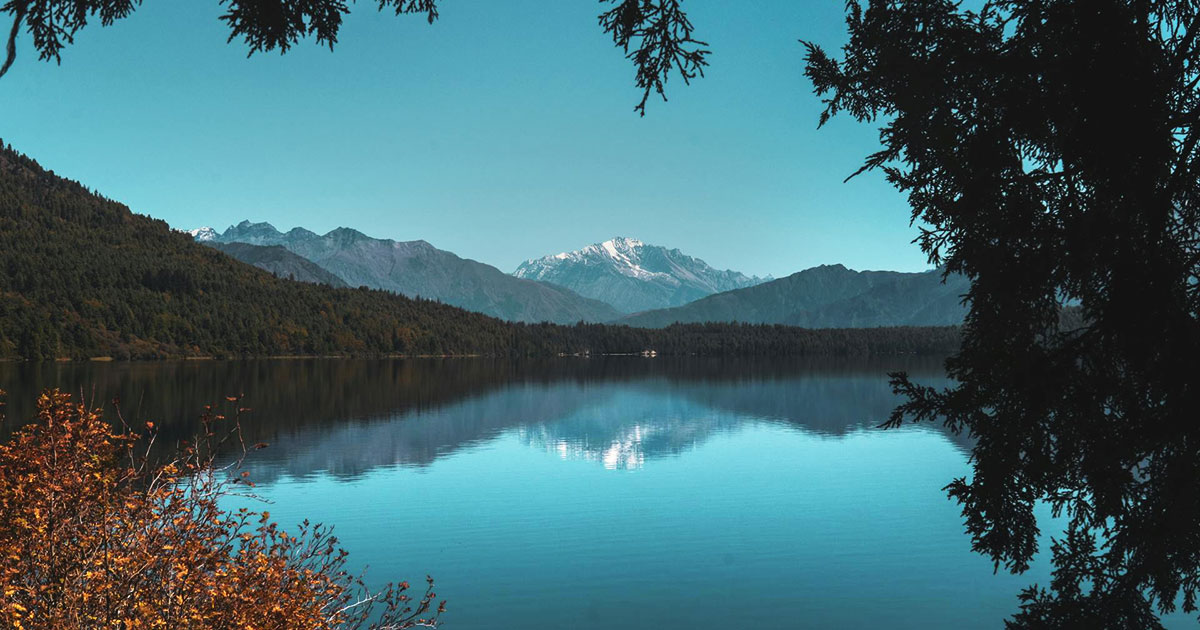
Challenges and Preparation for the Great Himalaya Trail:
The Great Himalayan Trail is not for beginners, as it requires high stamina and endurance. Before going for GHT, prepare yourself with long-distance hikes, altitude training, and cardiovascular exercises. Make a good backup of finances, as this is going to be a costly trek. Click here if you want to know the cost of trekking in Nepal.
Logistics, Permits, and Guide
The GHT passes through restricted areas of Kanchenjunga, Upper Dolpo, and Mustang, requiring special permits like Restricted Area Permit (RAP) for the Upper Dolpo, Upper Mustang, and Kanchenjunga regions. Similarly, the Annapurna Conservation Area Permit and Sagarmatha National Park Entry Permit are also a must.
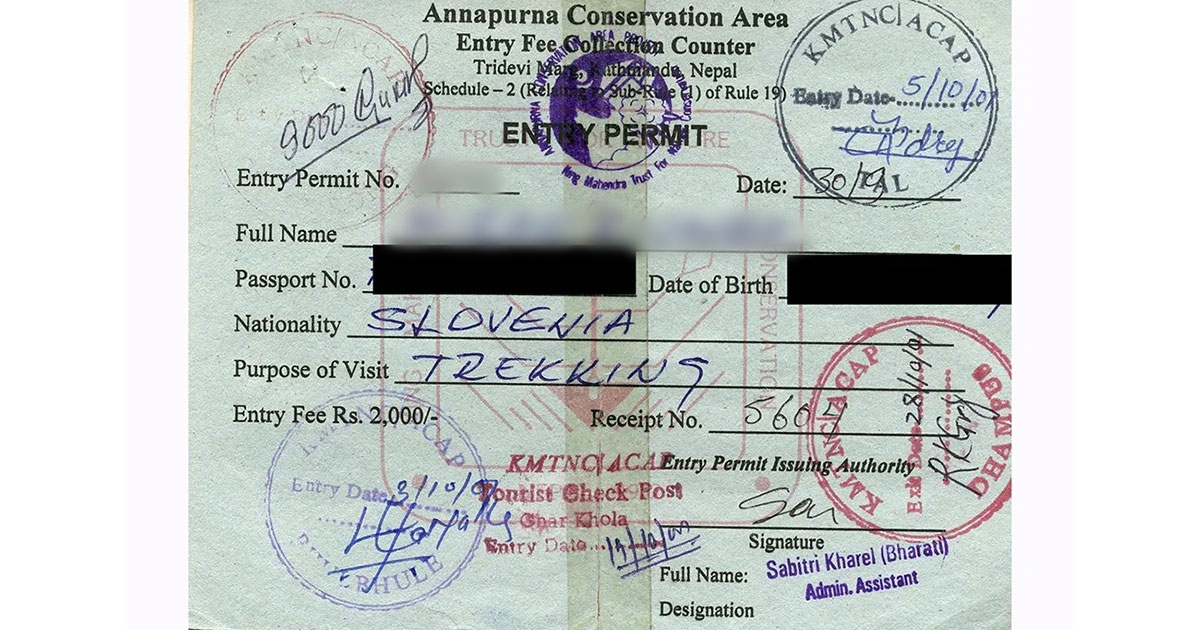
And, yes, hire a guide and porter for your safety and safe navigation.
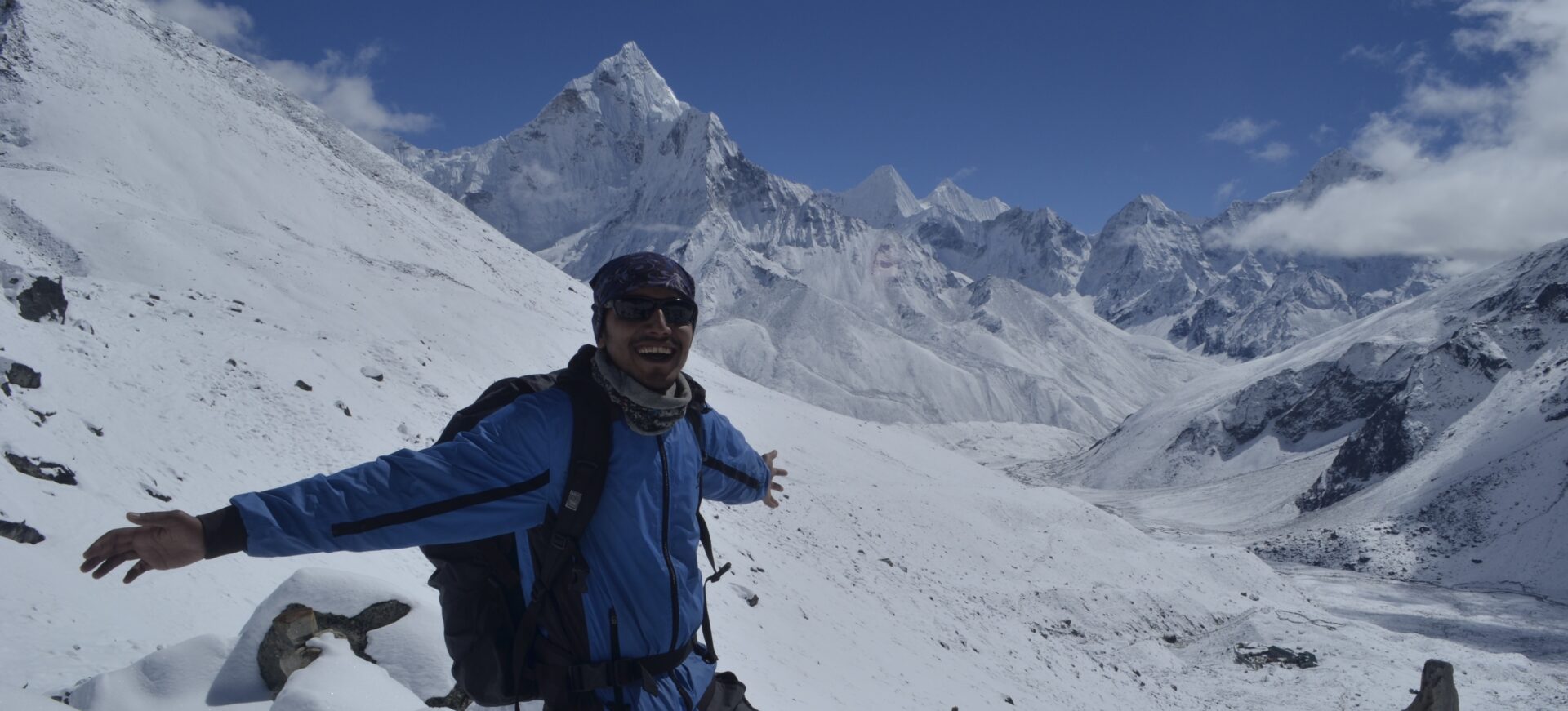
Altitude Sickness and Health Precautions and Insurance.
The trail reaches elevations above 5,000 meters and somewhere above 6,000 meters, making acclimatization crucial. Do not forget to carry altitude sickness medication and follow proper acclimatization schedules. Ensure you have comprehensive travel insurance covering your goods and high-altitude trekking.

Why Choose the Great Himalayan Trail?
The Great Himalayan Trail is more than just a trek; it’s a lifetime adventure that takes you through the heart of Nepal’s natural and cultural landscapes. Unlike commercial trekking routes, the GHT allows you to experience the true essence of Nepal—its mountains, people, and traditions.
For those seeking an ultimate trekking challenge, the GHT stands as the pinnacle of adventure tourism in Nepal.
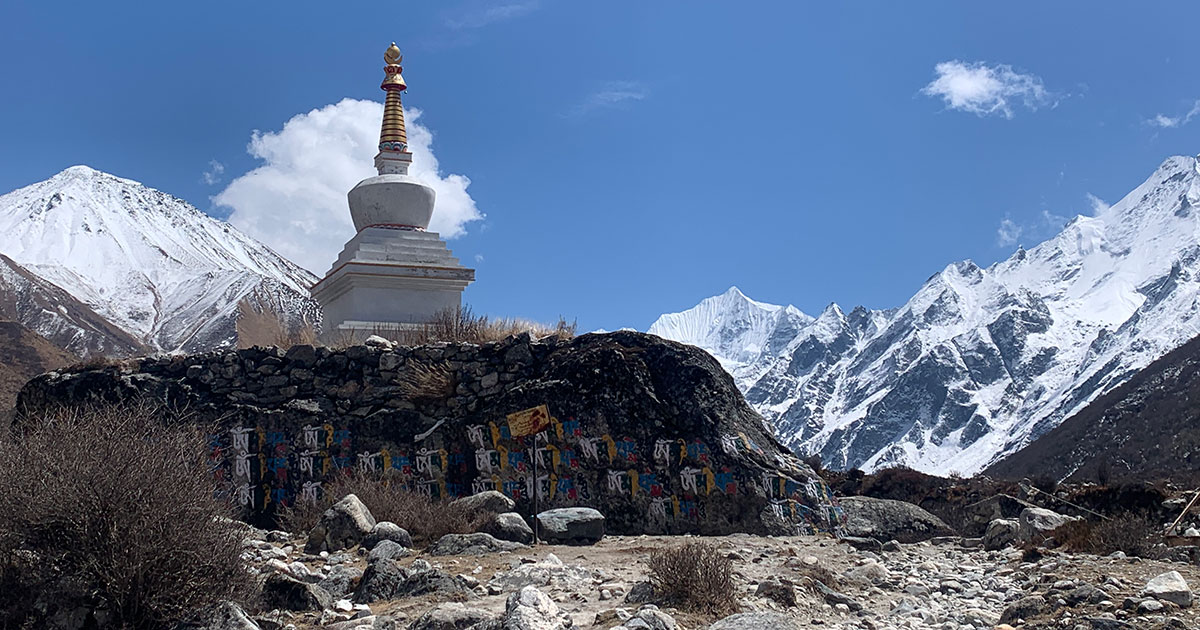
Embark on the Ultimate Adventure on the Great Himalayan Trail
The Great Himalayan Trail is Nepal’s most ambitious and breathtaking trekking route. It is a test of endurance, a journey through pristine landscapes, and an immersion into the diverse cultures of the Himalayas. Whether you take the High Route or the Low Route, the GHT promises an experience like no other.
Completing the Great Himalayan Trail is a challenge few have undertaken, but with the right planning and support, it’s within your reach. If you’ve ever dreamed of trekking across Nepal’s most stunning and untouched regions, now is the time to make it happen.
At Awesome Holidays Nepal, we specialize in organizing and managing treks on the Great Himalayan Trail. From permits and logistics to expert guides and personalized itineraries, we ensure a seamless adventure tailored to your needs. Let us turn your dream into reality—contact us today and take the first step toward your ultimate Himalayan expedition!
Lace up your boots, prepare your backpack, and set foot on the trail that defines Nepal’s Himalayan grandeur!
FAQs
Expand AllWhat is the Great Himalayan Trail?
The Great Himalayan Trail (GHT) is a long-distance trekking route spanning the entire Himalayan range, passing through Nepal, Bhutan, India, and Pakistan. It offers both a high-altitude route for experienced trekkers and a lower-altitude cultural route for those interested in local villages and landscapes.
How long is the Great Himalayan Trail?
The full Great Himalayan Trail is approximately 1,700 km (1,056 miles) across Nepal, but if you include the sections in other Himalayan countries, it stretches over 4,500 km (2,800 miles).
How many Himalayan ranges are there in Nepal?
Nepal has five major Himalayan ranges. They are Kanchenjunga Range, Makalu Range, Everest (Khumbu) Range, Annapurna & Manaslu Range, and Dhaulagiri Range.
How many Himalayas are there in Nepal?
Nepal is home to over 1,300 peaks above 6,000 meters, including 8 of the 14 highest mountains in the world above 8,000 meters.
Where is the Great Himalayan Trail in Nepal?
The GHT in Nepal stretches from Kanchenjunga in the east to Humla in the west, covering a diverse range of landscapes and cultures. It runs parallel to the Nepal-Tibet border, passing through remote and stunning Himalayan regions.
What is the Great Himalayan Trail itinerary?
The full GHT takes about 120–150 days to complete. The route can be divided into two main sections:
- The High Route, which is more technical & challenging, passes through high mountain passes and remote areas.
- The Low Route that follows mid-hill villages, showcasing diverse ethnic cultures.
How long does it take to trek the Great Himalayan Trail?
The full Great Himalayan Trail takes 120-150 days, depending on weather, physical fitness, and route choice.
Can you drive through the Himalayas?
We cannot drive the full GHT. However, some Himalayan regions are accessible by road, such as Mustang, Manang, and some parts of the Annapurna Circuit.
Who climbed the Himalayan mountains first?
The first recorded ascent of a Himalayan peak was Annapurna I (8,091 m) by Maurice Herzog and Louis Lachenal in 1950. The first ascent of Mount Everest was in 1953 by Sir Edmund Hillary and Tenzing Norgay.
Related blog posts
Discover a choice of tourist destinations loved by most of our visitors. Whether you're on a jungle safari to spot rare animals or walking through a world heritage site, these well-planned itineraries cover the major highlights of Nepal.


